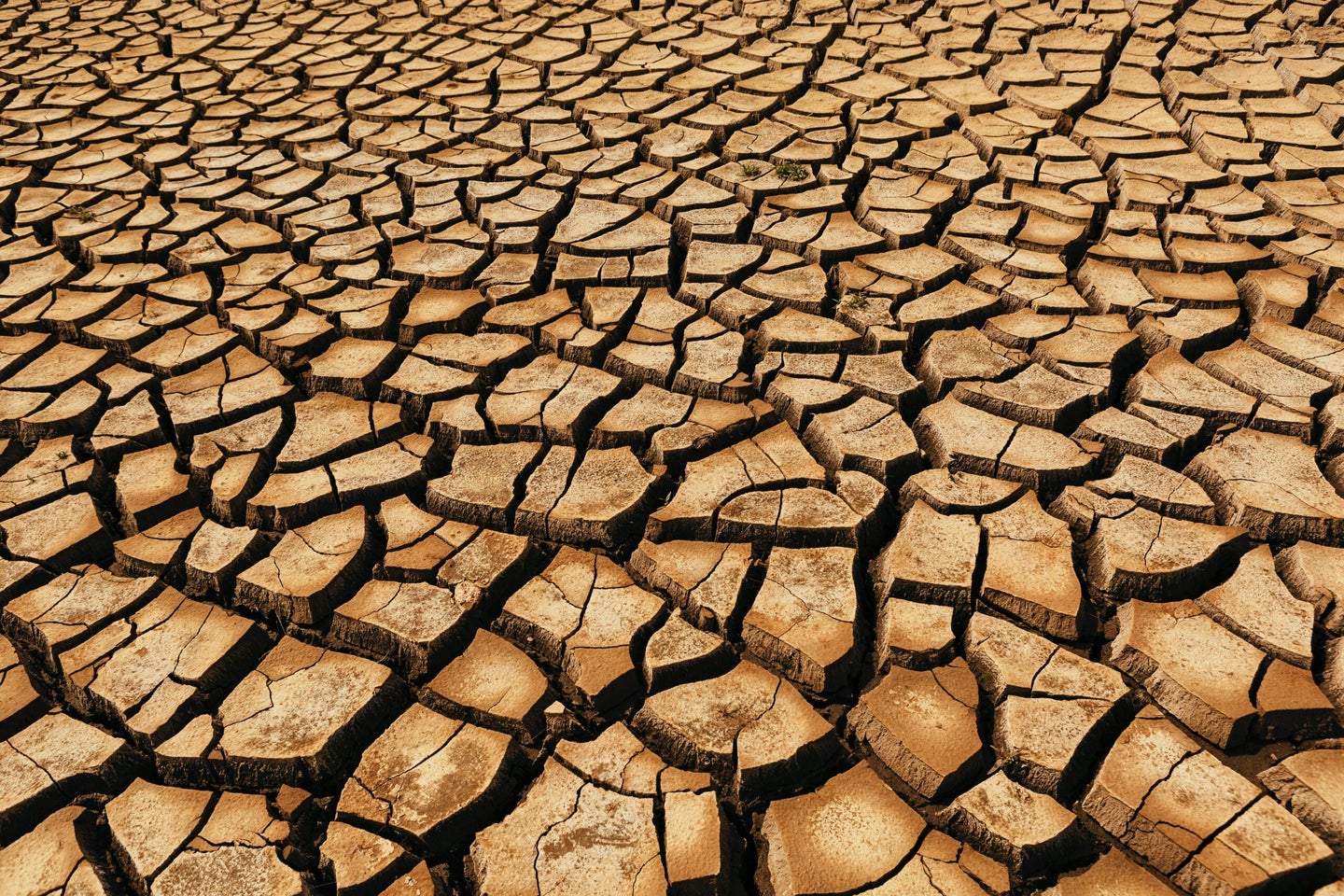
A new study suggests, the megadrought in the American West became so severe last year that it is now the driest in at least 1,200 years. It is a live example of a worst-case climate change scenario.
According to a study published Monday in the journal Nature Climate Change, a dramatic drying in 2021 — about as dry as 2002 and one of the driest years ever registered for the region — pushed the 22-year drought past the previous record-holder for megadroughts in the late 1500s and shows no signs of easing shortly.
As per the report, human-caused climate change is responsible for 42% of the West megadrought.
“Climate change is changing the baseline conditions toward a drier, gradually drier state in the West and that means the worst-case scenario keeps getting worse,” says study lead author Park Williams. Williams is a climate hydrologist at UCLA.
“This is right in line with what people were thinking of in the 1900s as a worst-case scenario. But today I think we need to be even preparing for conditions in the future that are far worse than this.”
West megadrought 5% drier than the older record
Williams used modern measurements and tree rings to estimate soil moisture levels in the West. It includes California, Wyoming, Utah, Nevada, Arizona, most of Oregon and Idaho, much of New Mexico, western Colorado, northern Mexico, and the southwest corners of Montana and Texas.
That’s about as far back as tree ring estimates can go.
Williams researched the present drought a few years ago. He concluded that it qualifies as a long and deep “megadrought,” with only the 1500s being worse.
He projected that the current drought would not be as severe as the previous one. The reason being megadroughts typically last 20 years. He added because 2019 was a wet year, the western drought appeared to be coming to an end.
However, the region dried up in late 2020 and early 2021.
According to the US Drought Monitor, from mid-May until 2021 end, California was officially declared to be in drought. At least three-quarters of the state was experiencing the worst two degrees of drought from June to Christmas.
“For this drought to have just cranked up back to maximum drought intensity in late 2020 through 2021 is a quite emphatic statement by this 2000s drought saying that we’re nowhere close to the end,” Williams said.
“This drought is now five percent drier than the old record from the 1500s,” he said.
42% of human-caused warming
As per the drought monitor, 55% of the US West is suffering drought. 13% are facing the two greatest drought levels.
This megadrought kicked off in 2002; one of the driest years ever, based on humidity and tree rings, Williams said.
“I was wondering if we’d ever see a year like 2002 again in my life and in fact, we saw it 20 years later, within the same drought,” Williams said.
Drought levels in 2002 and 2021 were statistically equal, but 1580 was still the worst single year.
Scientists say climate change caused by fossil fuels is causing warmer temperatures and more evaporation in the air.
Williams utilized 29 models to build a hypothetical world with no human-induced warming. Williams then compared it to what happened in the real world – the scientifically acknowledged method for determining whether an extreme weather event is driven by climate change.
He discovered that human-caused warming is responsible for 42% of the drought conditions.
He claims that if climate change had not occurred, the megadrought would have ended sooner. The years 2005 and 2006 would have been sufficiently rainy to break it.
Important wake up call
The study “is an important wake-up call,” says Jonathan Overpeck. He is dean of the environment at the University of Michigan and wasn’t part of the study.
“Climate change is literally baking the water supply and forests of the Southwest, and it could get a whole lot worse if we don’t halt climate change soon.”
Drought and heat, according to Williams, directly link to the increased wildfires that have ravaged the West for years. Drought and heat encourage the growth of dry fuel, which is ideal for fires.
“Eventually, this megadrought will end by sheer luck of a few good rainy years,” Williams said. “But then another one will start.”
Megadrought is likely to become “a permanent feature of the climate of the Colorado River watershed during the 21st century,” according to Daniel Swain. He is a UCLA climate scientist who wasn’t a part of the study.






